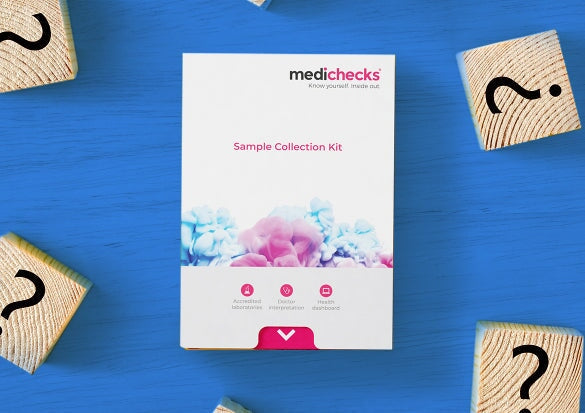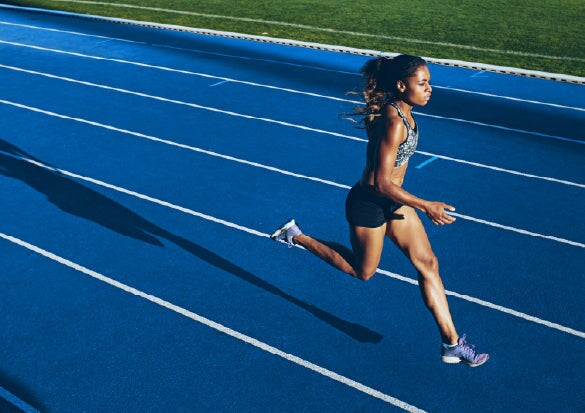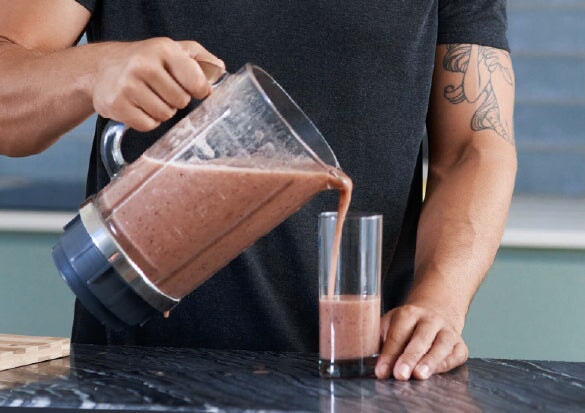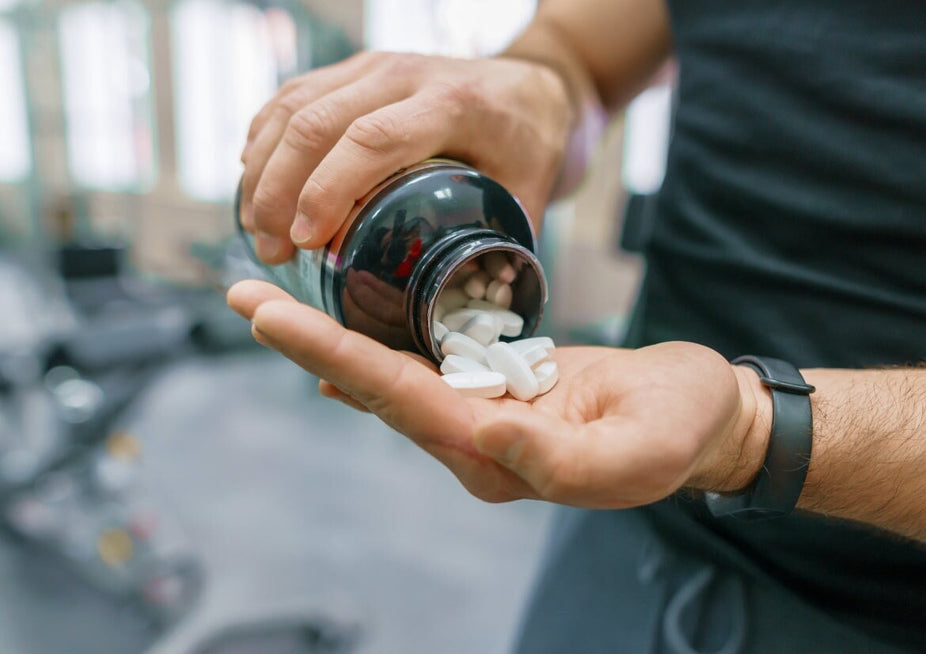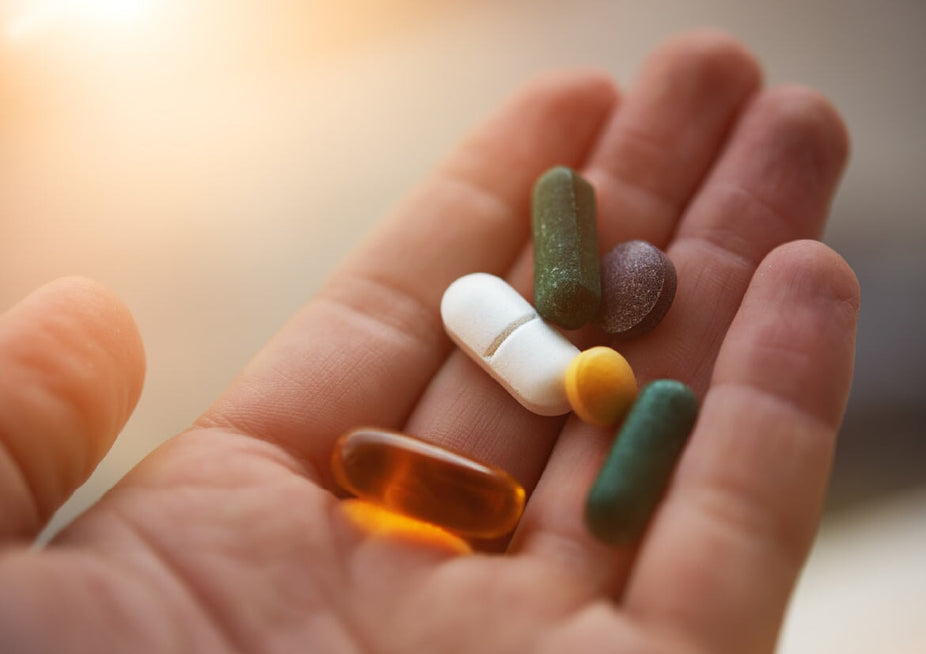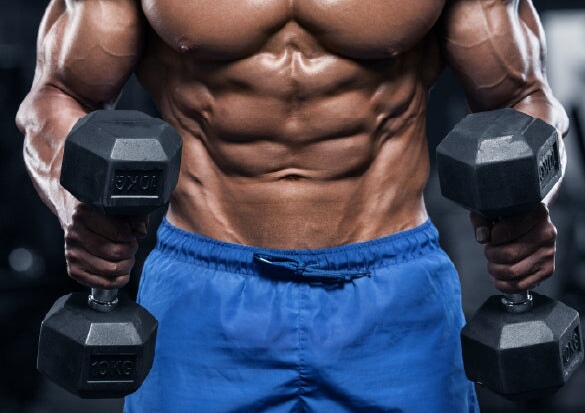Sex in sport – the impact of the female body on performance
Do menstruation, osteoporosis, and low energy affect women in sports? Learn about the female athlete triad and how women can monitor performance recovery with a blood test.
There’s no denying that women’s sports and female athletes have made some real progress over recent years. It isn’t unusual to watch women’s football or see female sporting presenters on the television.
However, women have had to fight for their place in the sporting world. Gender stereotypes (among other barriers) have seen female athletes struggle to enter the world of professional sports.
No one here believes that any person (no matter how they identify) should be restricted by society’s norms and stigma. So, is there any truth behind biological differences between males and females that affects women’s sports performance?
Periods and performance
A study of female runners at the London marathon showed that heavy menstrual bleeding was affecting more than a third of female athletes [1] – increasing their risk of iron deficiency and poor performance.
Women’s menstrual cycle isn’t the only biological factor working against them. A healthy female needs to have a good balance between energy availability, bone health, and menstrual function for good health and peak performance – if this balance falls apart, it is known as the female athlete triad.
The female athlete triad
The female athlete triad is also known as a relative energy deficiency in sports. It is known as a triad due to the interrelationship between the three components (energy availability, bone health, and menstrual function). And, it is most seen in sports where there is an emphasis on low body weight, such as [2]:
- Endurance sports
- Gymnastics
- Ballet
- Rowing
The female athlete triad is an important disorder to identify, as early diagnosis and intervention may prevent long-term consequences [3].
The three components of the female athlete triad
1. Low energy availability
Many athletes may be deemed as healthy, but sometimes their eating patterns are far from that. Female athletes have a 20% higher chance of developing an eating disorder over non-athletes [4]. Not eating enough, or ensuring a healthy balance of micros and macros, can affect your performance.
It is important to remember that food is fuel, and just like a car, the more you do the more fuel you need. When exercising intensely, you increase the amount of energy you expend, and if you are eating less calories than the amount of energy you’re expending you will lose weight. However, regularly eating fewer calories than your body requires can cause a host of unwanted symptoms that could be affecting both your performance and general health, including:
- Fatigue
- Nutrient deficiency
- Weakening of bones and immunity
- Menstrual cycle irregularities
This is where the triad fits in, if you have less energy availability due to the lack of proper nutrition, it can cause bone health and menstrual cycle symptoms – showing that if one component of the triad is unbalanced, it affects the others.
2. Menstrual Dysfunction
Although regular exercise is associated with many positive effects, intense exercise has been reported to cause irregular periods and amenorrhea (absence of menstrual cycle) [5].
This dysfunction of the menstrual cycle is often caused by not only the intensity of exercise and poor diet. Both of these can lead to low levels of oestrogen, which in turn can increase your risk of osteoporosis (and negatively impact bone density) – yet again linking the three components of the female athlete triad.
3. Low Bone Density and Osteoporosis
Low bone density is common among athletic females, leaving them at a higher risk of osteoporosis – a condition that causes bones to become weak and brittle [6]. And some factors increase the risk for female athletes.
Factors that heighten the risk of osteoporosis in female athletes include:
- Poor diet
- Excessive exercise (with low energy availability)
- Irregular or absent periods (menstrual dysfunction)
- Hormone deficiencies [6]
Having low bone density can be challenging for athletes as it leaves you with a greater risk to stress-related bone injuries, such as stress fractures. Therefore, ensuring you reduce the risk of osteoporosis, can help enhance your performance.
But how do you know if you are experiencing any imbalances in the female athlete triad? – The answer is a blood test.
How does blood testing help with the female athlete triad?
A blood test such as our Ultimate Performance Blood Test, can check your hormone and vitamin status, alongside your muscle health. If there is something outside of a normal range, you will be able to pick up on it early and address it before it leads to more serious problems.
Anna Bonniface, the first non-elite woman to cross the finish line at the London Marathon in 2017, used a Medichecks blood test s to monitor her recovery from Relative Energy Deficiency in Sport (RED-S).
Anna Bonniface’s story
Anna tracked her baseline biomarkers to help guide her medical management, training, and nutrition to ensure she had recovered fully before transitioning back into competition.
We asked Anna about her blood testing experience and the importance of blood testing in sports training, and this is what she had to say:
1. Why is it important for endurance athletes to have regular health checks?
For endurance athletes, there's a fine line between training hard enough to get fitter and faster whilst maintaining health. Once that line is crossed, illness and injury are likely to follow. It’s difficult for an athlete to know exactly when they have crossed that line until it’s too late.
Pre-season health checks are essential for athletes to maximise their health before tough training blocks. Baseline markers can be monitored throughout training cycles and necessary adaptations to training, recovery, and nutrition can quickly be put in place to keep the athlete on track to perform.
2. Has your health check given you a valuable insight into your inner health?
I’m currently getting back to full training following a stress fracture as a consequence of Relative Energy Deficiency in Sport (RED-S). My latest health check has shown that I am healthy which is reassuring. Most importantly, it provides key markers of recovery from RED-S – for example, female sex hormones and muscle health. These have been monitored closely by my doctors over the last few months. It helps piece the puzzle together to guide my medical management, training, and nutrition.
3. Was there anything unexpected about your results? If so, will you be changing anything to try and change/improve this?
I was quite surprised by my liver function which showed raised liver enzymes. This is common after strenuous exercise. However, I didn’t perceive my training to be particularly taxing at the time. It’s highlighted that my training is causing more stress than I perceived: My body is clearly working harder than normal to recover after sessions. This has given me the vital information that I need to make the necessary changes after training sessions to ensure I recover better.
Anna’s story highlights the importance of blood testing for female athletes. Having regular health checks to monitor your performance and the affects on your body can help you towards your goal for optimal performance.
To help you find the right sports performance blood test for you, we have put together our sports performance buying guide. Or you can try our test finder.
References
- Bruinvels, G., Burden, R., Brown, N., Richards, T. and Pedlar, C., 2016. The Prevalence and Impact of Heavy Menstrual Bleeding (Menorrhagia) in Elite and Non-Elite Athletes. PLOS ONE, 11(2), p.e0149881.
- Pollock, N., Grogan, C., Perry, M., Pedlar, C., Cooke, K., Morrissey, D. and Dimitriou, L., 2010. Bone-Mineral Density and Other Features of the Female Athlete Triad in Elite Endurance Runners: A Longitudinal and Cross-Sectional Observational Study. International Journal of Sport Nutrition and Exercise Metabolism, 20(5), pp.418-426.
- Loveless, M., 2017. Female athlete triad. Current Opinion in Obstetrics & Gynecology, 29(5), pp.301-305.
- gov.uk. 2022. [online] Available at: <https://www.uksport.gov.uk/~/media/files/resources/eating_disorders_in_sport.pdf> [Accessed 17 May 2022].
- Cho, G., Han, S., Shin, J. and Kim, T., 2017. Effects of intensive training on menstrual function and certain serum hormones and peptides related to the female reproductive system. Medicine, 96(21), p.e6876.
- MacKnight, J., 2017. Osteopenia and Osteoporosis in Female Athletes. Clinics in Sports Medicine, 36(4), pp.687-702.
Related tests
Are you looking to transform your body through diet and exercise and track your progress along the way?
Our Ultimate Blood Test is designed for those who want to take their health and fitness to the next level — whether you're an athlete, biohacker, or simply someone who's serious about...
- Results estimated in 3 working days
- 56 biomarkers
Venous collection
Select test

